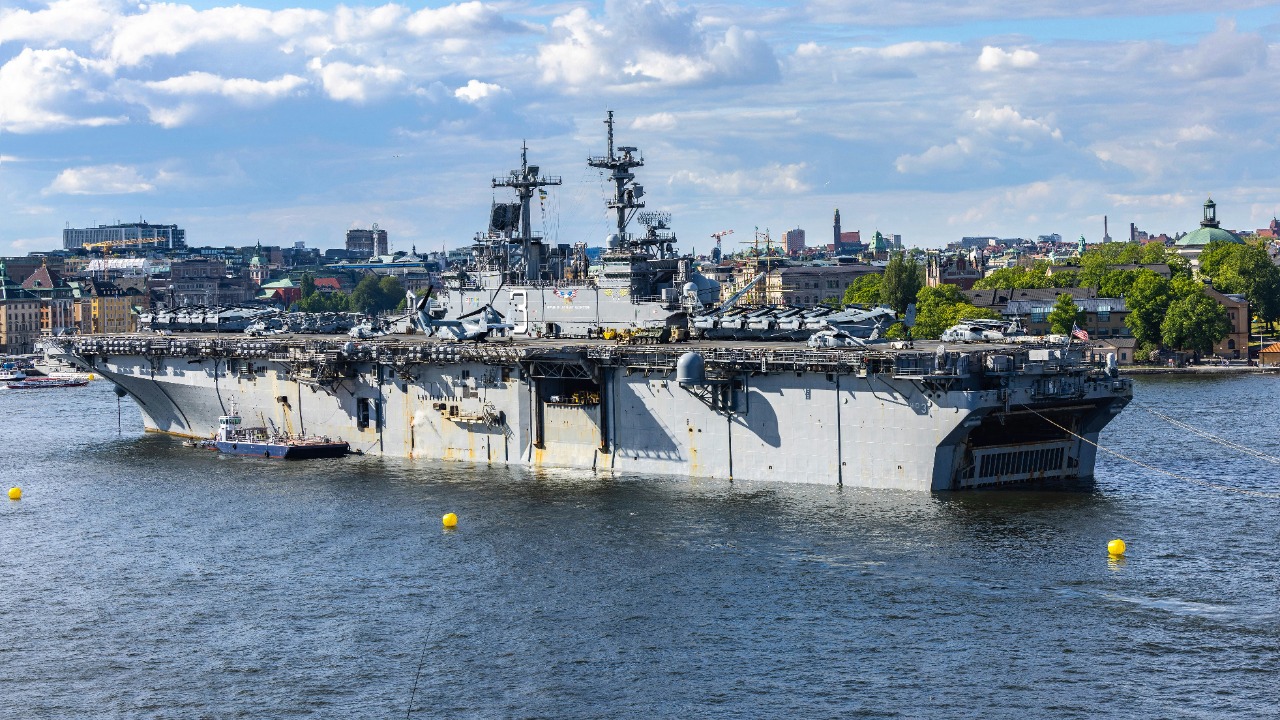
Navy innovations in artificial intelligence are transforming modern warfare, enhancing capabilities across the board. From autonomous drones to advanced cybersecurity measures, these technologies are not only reshaping naval operations but also redefining strategic defense. Here’s a closer look at six key AI-driven developments making waves in naval warfare.
Autonomous Naval Drones
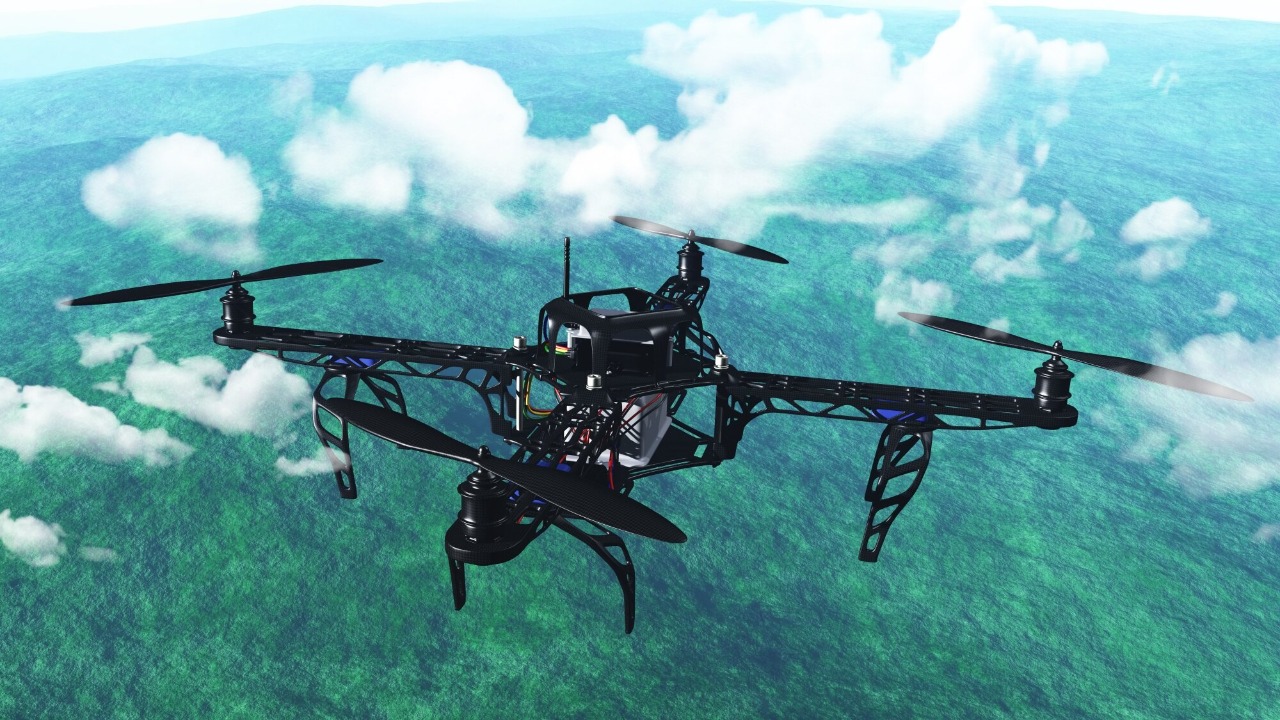
Autonomous naval drones are revolutionizing maritime operations. These unmanned vessels are equipped with sophisticated AI systems that allow them to perform complex tasks such as surveillance, reconnaissance, and even combat missions without direct human intervention. The U.S. Navy, for instance, has been actively deploying these drones to enhance its maritime capabilities. By relying on advanced algorithms, these drones can operate effectively in hostile environments, providing crucial data and support to manned vessels.
One prominent example is the Sea Hunter, an unmanned surface vehicle developed as part of the DARPA Anti-Submarine Warfare Continuous Trail Unmanned Vessel (ACTUV) program. The Sea Hunter is designed to autonomously track enemy submarines over thousands of miles. Such innovations not only increase operational efficiency but also significantly reduce risks to human life.
AI-Driven Submarine Detection Systems
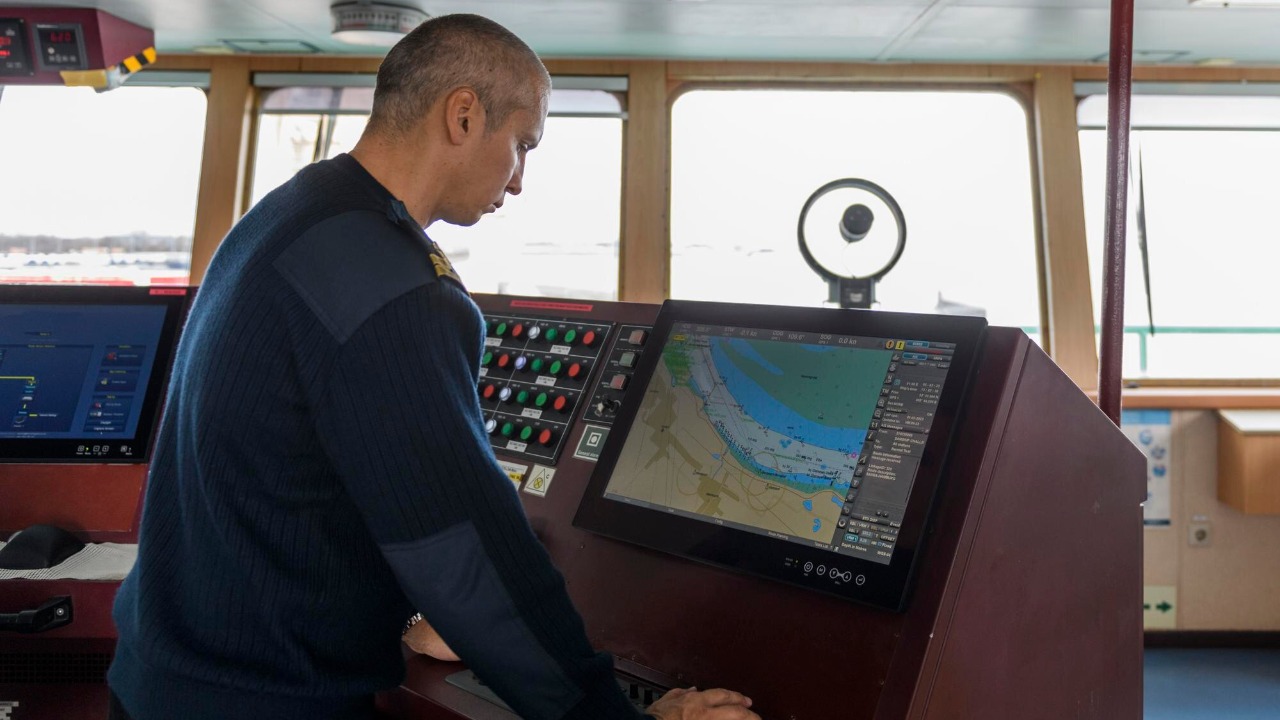
Submarine detection has always been a challenging task, but with the integration of AI-driven systems, navies are now better equipped to tackle underwater threats. These systems utilize machine learning algorithms to analyze vast amounts of sonar data, improving detection accuracy and reducing false positives. The ability to swiftly identify and track underwater objects is crucial for maintaining naval superiority.
Efforts like the Pentagon’s deployment of AI-powered systems for naval warfare planning, as reported by Marine Insight, exemplify how AI is enhancing traditional approaches to submarine detection. These advancements ensure that navies can maintain a strategic advantage in increasingly crowded and contested waters.
Intelligent Combat Information Centers
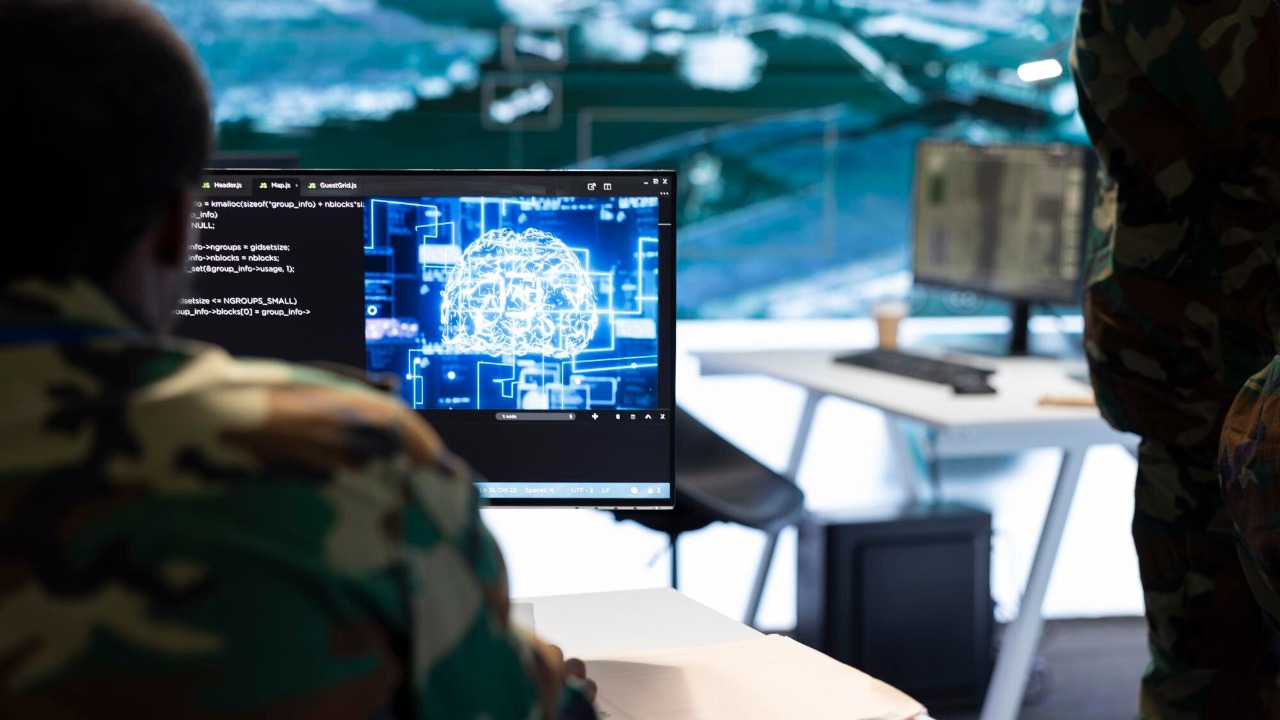
AI is transforming combat information centers aboard naval vessels, making them more efficient and responsive. These centers are the nerve centers of a ship, responsible for processing and analyzing vast amounts of data to make informed decisions during operations. With AI, these centers can automate routine tasks, allowing personnel to focus on strategic decision-making.
The U.S. Navy’s efforts to expand its artificial intelligence capabilities, as detailed in GovWin IQ, highlight the importance of AI in enhancing the effectiveness of combat information centers. By integrating machine learning and predictive analytics, these centers can anticipate threats and adapt strategies in real-time, ensuring naval forces remain one step ahead.
Predictive Maintenance with Machine Learning
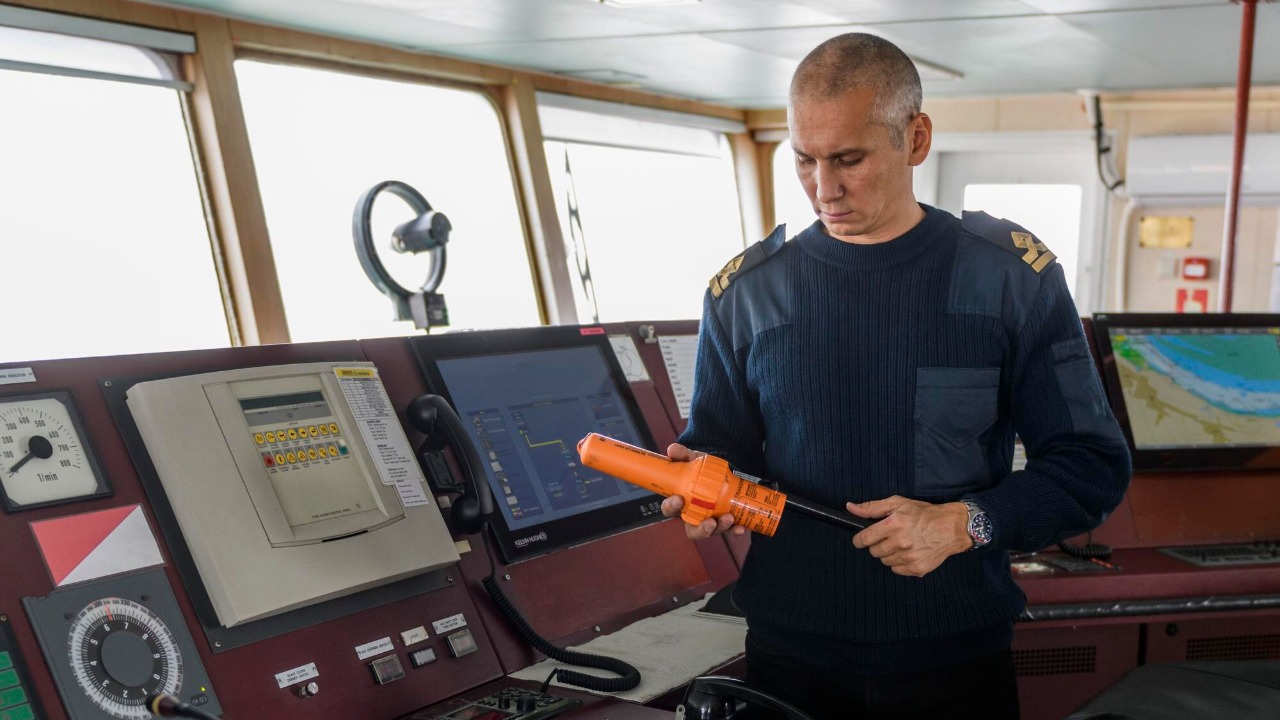
Predictive maintenance is a game-changer for naval operations, leveraging machine learning to forecast equipment failures before they occur. By analyzing data from various sensors, AI systems can predict when a piece of machinery is likely to fail, allowing for timely maintenance and reducing downtime.
The use of AI in the navy for predictive maintenance not only enhances operational readiness but also extends the lifespan of critical equipment. This proactive approach ensures that naval vessels remain fully operational, reducing the risk of unexpected failures during missions and thereby increasing mission success rates.
AI-Enhanced Cybersecurity for Naval Networks

As naval operations become increasingly digitized, the need for robust cybersecurity measures has never been more critical. AI-enhanced cybersecurity systems are designed to detect and neutralize threats in real-time, protecting sensitive naval networks from cyberattacks. These systems use machine learning algorithms to identify unusual patterns of behavior, enabling rapid response to potential breaches.
The U.S. military, for example, is leaning heavily on AI and autonomy to shape the future of naval warfare, as highlighted by Security Affairs. By integrating AI into their cybersecurity strategies, navies can safeguard their digital infrastructure, ensuring the integrity and confidentiality of critical information.
Swarm Tactics and Coordination Algorithms
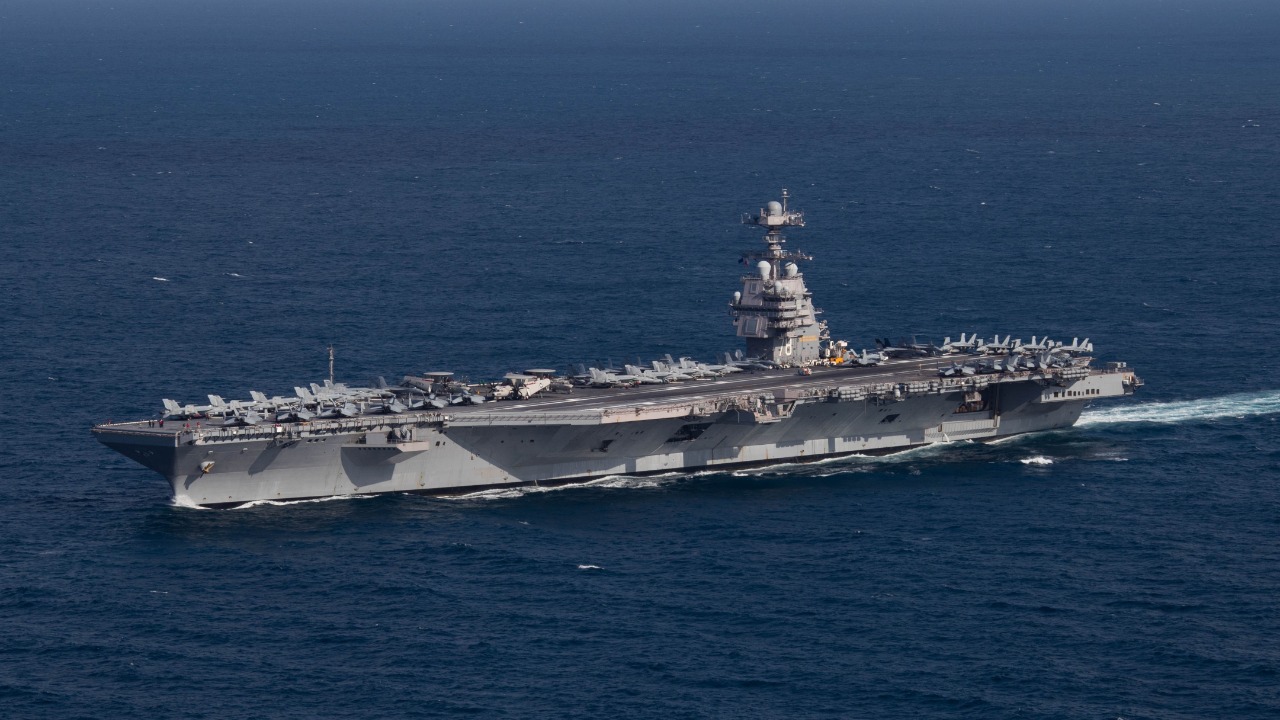
Swarm tactics involve the use of multiple autonomous units working in concert to achieve strategic objectives. AI-driven coordination algorithms enable these units to communicate and collaborate effectively, executing complex maneuvers with precision. This approach is particularly useful in scenarios where speed and adaptability are crucial.
Naval forces are exploring swarm tactics to enhance their operational capabilities, allowing for more flexible and dynamic responses to threats. By leveraging AI to coordinate these swarms, navies can deploy a multitude of units to overwhelm and outmaneuver adversaries, demonstrating the strategic advantage of these cutting-edge innovations.